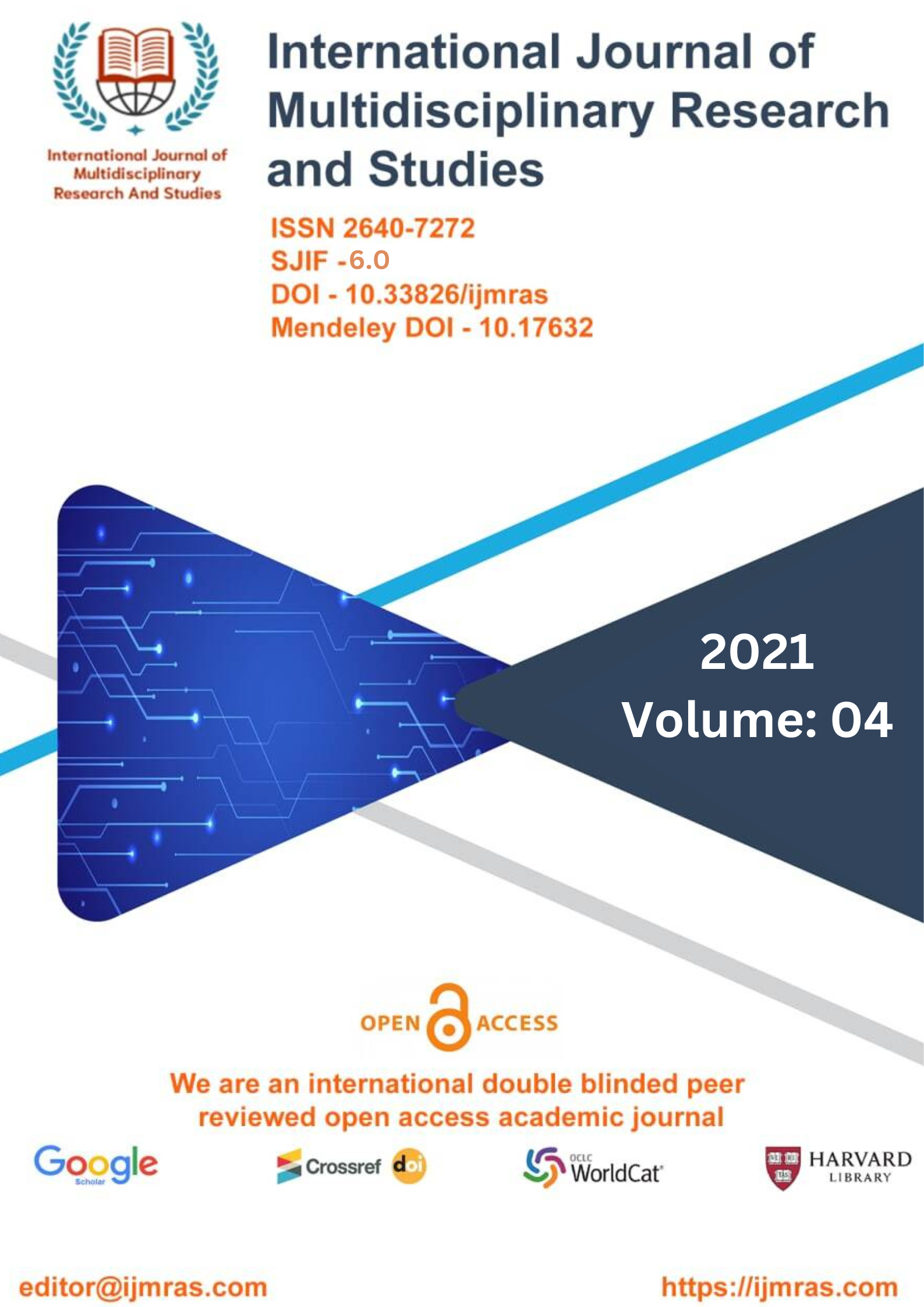NATURAL LANGUAGE PROCESSING AND MACHINE LEARNING

Abstract
Language is a means of communication that enables us to read, write, and even converse verbally with one another. For instance, we think, make judgements, and form plans, as well as a variety of other things, in natural language; more specifically, in words. However, the most important problem that we face in this age of AI is determining whether or not it is possible for humans and computers to interact in a way that is comparable. In other words, is it possible for humans and computers to interact with one another using the human language? The development of natural language processing systems is a problem for us since computers need organized data, yet human speech is unstructured and often confusing in its nature. In this sense, we might say that Natural Language Processing (NLP) is the sub-field of Computer Science, in particular Artificial Intelligence (AI), that is concerned with allowing computers to interpret and process human language. AI is the more general term for this area of research. Programming computers to be capable of analyzing and processing vast amounts of natural language data is the primary objective of NLP from a purely technical stand point.
Keywords
processing vast, process human language, natural language processingHow to Cite
References
Abend, O. and A. Rappoport (2017). The state of the art in semantic representation. See acl (2017).
Abney, S., R. E. Schapire, and Y. Singer (1999). Boosting applied to tagging and PP attachment. See emn (1999), pp. 132–134.
Abney, S. P. (1987). The English noun phrase in its sentential aspect. Ph. D. thesis, Massachusetts Institute of Technology.
Abney, S. P. and M. Johnson (1991). Memory requirements and local ambiguities of parsing strategies. Journal of Psycholinguistic Research 20(3), 233–250.
Adafre, S. F. and M. De Rijke (2006). Finding similar sentences across multiple languages in wikipedia. In Proceedings of the Workshop on NEW TEXT Wikis and blogs and other dynamic text sources.
Ahn, D. (2006). The stages of event extraction. In Proceedings of the Workshop on Annotating and Reasoning about Time and Events, pp. 1–8. Association for Computational Linguistics.
Aho, A. V., M. S. Lam, R. Sethi, and J. D. Ullman (2006). Compilers: Principles, Techniques, & Tools (2nd ed.). Addison-Wesley Publishing Company.
Aikhenvald, A. Y. (2004). Evidentiality. Oxford University Press.
Akaike, H. (1974). A new look at the statistical model identification. IEEE Transactions on Automatic Control 19(6), 716–723.
Akmajian, A., R. A. Demers, A. K. Farmer, and R. M. Harnish (2010). Linguistics: An introduction to language and communication (Sixth ed.). Cambridge, MA: MIT press.
Alfano, M., D. Hovy, M. Mitchell, and M. Strube (2018). Proceedings of the second acl workshop on ethics in natural language processing. In Proceedings of the Second ACL Workshop on Ethics in Natural Language Processing. Association for Computational Linguistics.
Alfau, F. (1999). Chromos. Dalkey Archive Press.
License
Copyright (c) 2021 Prakash Singh

This work is licensed under a Creative Commons Attribution 4.0 International License.
Individual articles are published Open Access under the Creative Commons Licence: CC-BY 4.0.



